Hadean Eon: The Formation of Earth (4.6 to 4.0 billion years ago)

The story of Earth starts in the Hadean Eon. If you could rewind time 4.6 billion years, Earth was almost unrecognizable. Asteroids and comets repeatedly pelted Earth. The temperature was hot with lava flowing. It didn’t look like the Blue Marble we’re all familiar with.
From 4.6 to 4.0 billion years ago, the Hadean Eon is the first eon on Earth. Its key events are:
- HEAT SOURCE: Earth established a heat source with the sun.
- MAGNETIC FIELD: Convection currents produced a geodynamo. This was the first step for life to persist on Earth.
- MOON FORMATION: The formation of our moon was key to stabilizing our climate.
Let’s review some of the highlights from the first eon of Earth. But first, let’s review some of the key events in the Hadean Eon timeline.
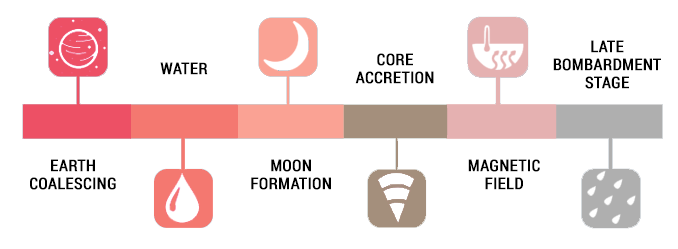
Earth coalesced from a cloud of dust into a planet

The Big Bang created all matter in the universe. This includes the sun, planets, and our solar system.
From a cloud of dust, gravity molded our solar system. The terrestrial planets were positioned closer to the sun. After Mars, these are the gas outer planets.
The core accretion model describes the creation of our solar system. Solar winds swept in hydrogen and helium closer to the sun because they were smaller in size.
But the sun couldn’t pull in the heavier elements. They spiraled and gelled together into planets of their own. Earth coalesced surrounding matter to form a sphere. The heaviest material like iron and zinc sank to the core. Finally, lighter material remained on top to form a crust.
A magnetic field forms
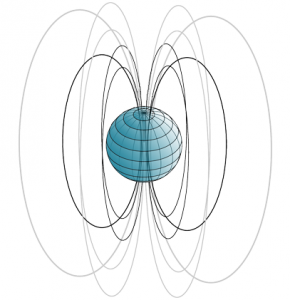
From the core accretion model, Earth formed a solid iron core. Inside Earth, it was multi-family layered. Surrounding the inner core, Earth established a liquid outer core.
GEODYNAMO: Because the solid inner core heats the outer liquid layer, it produces convection currents. This geodynamo is Earth’s magnetic field.
In the Hadean Eon, Earth’s magnetic field was just developing. It just started deflecting solar winds making Earth more habitable.
Without it, Earth would be exposed to the sun’s deadly rays. And humans that didn’t exist at this wouldn’t have habitable conditions to evolve.
Earth meet moon
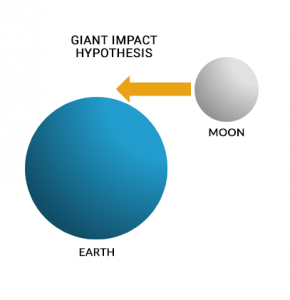
The giant impact hypothesis explains the formation of our moon. This happened sometime at the start of the Hadean Eon.
First, an object the size of Mars headed towards Earth. At tremendous speed, it delivered a glancing blow to Earth. It didn’t hit Earth directly. But it grazed the side.
But Earth’s gravity was able to pull the moon into its orbit. And the moon has remained orbiting Earth ever since.
The formation of the moon had profound effects on Earth’s climate. Not only did the moon slow down Earth’s rotation, but the impact tilted Earth on its axis.
This is when the Earth started to have seasons. Because the moon stabilizes the Earth from wobbling, Earth also developed a more balanced climate.
Asteroids and comets pelted Earth

At the end of the Hadean Eon, the Earth was still in the late heavy bombardment stage. Asteroids and comets pelted Earth.
We know it wasn’t only Earth because we can see these impacts all around our solar system.
In the Hadean Eon, heat flow was nearly 3 times as high as it is today. Because of the intense heat, water would have evaporated into space.
This is why scientists suggest that comets may have transported water during the late bombardment stage.
And what was the spark that built the chemical building blocks for life? Scientists are trying to recreate the collisions that took place at this time. They are trying to reconstruct the first chains of DNA.
An overview of the Hadean Eon
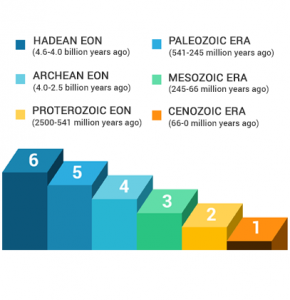
In the Hadean Eon, we obtain a heat source, magnetic field, and the formation of a moon.
There are no fossil records because the temperature is too high to sustain life. The exception is there may be Hadean rocks in parts of Canada and Western Australia.
Almost unrecognizable, heat flow was nearly 3 times as high as it is today from planetary accretion.
How do we move towards habitability? Scientists theorize that the Last Universal Common Ancestor (LUCA) emerged at the end of the Hadean Eon. This is the common ancestor that unites us all.
Next comes the Archaean Eon which brings an oxygenated atmosphere from anaerobic organisms known as cyanobacteria.
Make sure you read more of our timelines to explore the history of Earth:
Learn More About the Geologic Timeline
While the history of Earth is a long and complicated one, there are some definite milestones that have shaped our planet.
The geologic timeline is a set of sequential geological or paleogeographic events that are usually presented in the form of a timeline. It all starts with the Hadean Eon.
If you have any questions or comments, please do not hesitate to let us know what’s on your mind. We would love to hear from you.

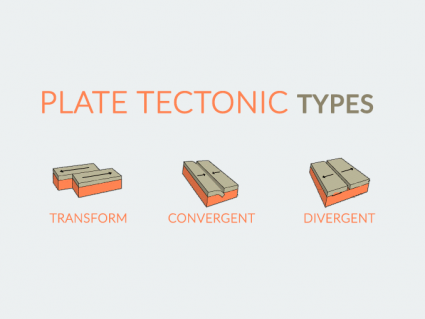

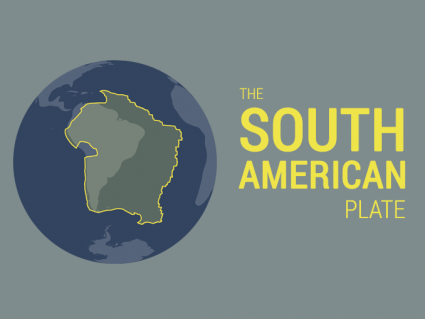

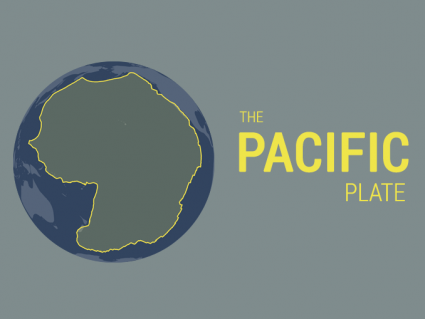
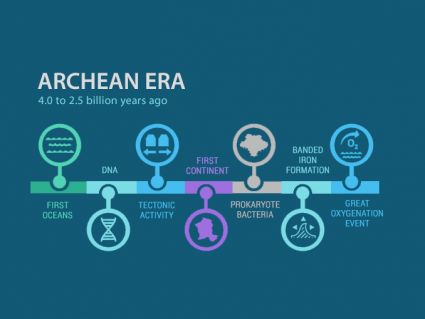
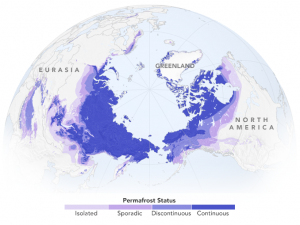
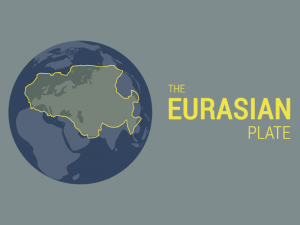
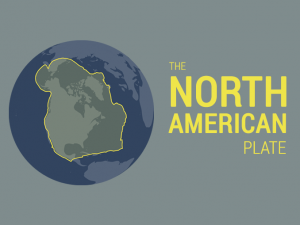
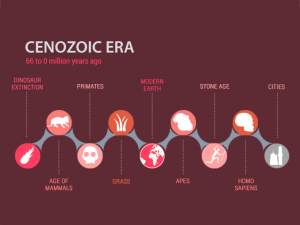

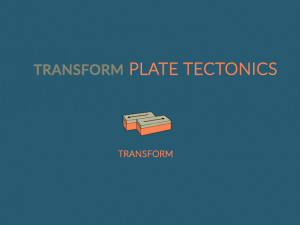
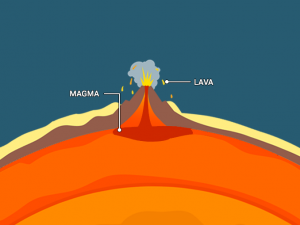
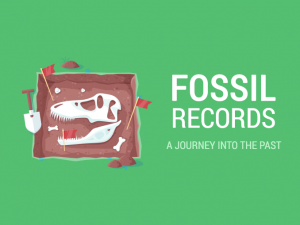
@Mia
Unfortunately, the Earth wouldn’t get a complete do-over. If you want to think of ‘life’ as 2.5~3.5 billion years old, the sun will only support photosynthesis for another 0.5 billion years. So… ‘life on Earth’ is in its senior years…
So… It will probably take 52 million more years for Earth to ‘recover’ and/ or rebalance itself for a fresh round of living evolution after the human destruction of the life existing now? Or 4 billion years?
Nice job.